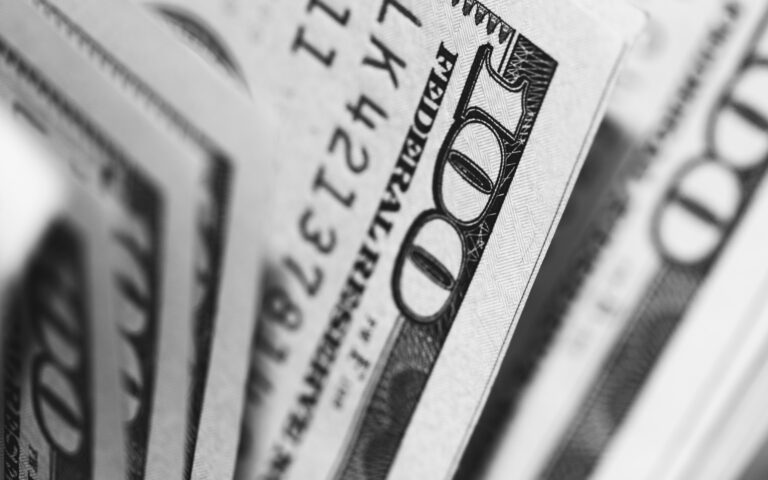
Morning Brief – Baaaaad news
If you’re planning on taking on the pub quiz any time soon it may be worth keeping this one in mind. Not the traditional victim of sheep observations, it is in fact Australia that is the world’s leading exporter of lamb and mutton. Towering above New Zealand and Wales, Australia in 2018 exported a whopping 2.6 billion US Dollars of lamb and mutton and accounted for 7% of agricultural production. Exports in agricultural produce have fallen in the last half century from just over 60% of total exports by value to marginally over 10%. However, having realised a fragile current account surplus of 7.85 billion AUD in Q3 2019 and deficits throughout 2016/17, the trade in lamb and mutton cannot be considered negligible to economic performance. With the wild fires destroying acre upon acre of arable land, concerns surrounding Australia’s agricultural exports are mounting.
The economic risks to Australia and thus the Australian Dollar sadly do not even end with the devastating wild fires. In the same time as Australia’s reliance upon agricultural exports has shrunk by 50%, so too has its exposure to Chinese importation swelled from 2% to 27% over the same period. The Coronavirus crisis in China has seen flights into the nation suspended from many countries and expectations of a slowdown in consumer spending and economic performance gather speed. Australia is therefore facing risks across the breadth of its exports rather than having to deal with the specific threat to agriculture.
As the health crisis has unfolded the prices of non-precious commodities has tumbled. Crude oil, a good barometer of economic expectations so long as conditions of supply can be assumed to be stable, has tumbled by as much as 10 US Dollars per barrel throughout the crisis so far. The same is true in metal and ore prices, the underlying commodities of which account for more than 50% of Australia’s total exports.
Aside from risks derived from the wildfires in Australia and the Coronavirus outbreak, economic fundamentals are also not on the side of the Aussie Dollar. Despite inflation picking up at the start of the year following its 2019 slump, the Reserve Bank of Australia is not looking raise rates any time soon and yesterday only signalled a delay to further monetary easing. Markets still price in a 20% chance of a 25 basis point cut at the Bank’s next meeting in February. The tripartite problems to the Aussie’s value show no sign of abating and it seems likely we get a re-test of December’s GBPAUD low. If this resistance is taken out in the coming weeks there is headroom towards GBPAUD 1:2. Against the US Dollar, the Australian Dollar could reasonably print at its worse value since 2009 within weeks.
The Bank of England will present its latest monetary policy decision today. The market still prices a 50% chance of a cut in futures markets as all eyes will be on Carney’s last Monetary Policy Committee meeting before the Governorship changes hands. The interest rate decision today comes the day before the UK leaves the European Union and embarks upon its transition period. The Withdrawal Bill has passed through the Lords paving the way for a smooth transition tomorrow but as focus turns to trade negotiations there will be episodes of extremely choppy trading in the months ahead.
Discussion and Analysis by Charles Porter

Click Here to Subscribe to the SGM-FX Newsletter
Related Insights

Daily Brief – Big Girls Don’t Cry
Big Girls Don’t Cry A bond market tantrum and one of the sharpest one day sell offs in Sterling for several years appear to have been catalysed by the Chancellor’s appearance in PMQs yesterday. First: the back story. This Labour government has faced some embarrassment in recent weeks trying to get its welfare bill through […]

Daily Brief – Weren’t Tariffs USD Negative?
Weren’t Tariffs USD Negative? The Dollar proved sensitive to headlines regarding trade during the US overnight session. However, contrary to what many commentaries would have you believe, as the risk of tariffs escalated the Dollar rose. The 90-day pause following Trump’s April ‘liberation day’ tariffs had been set to expire this coming Wednesday. To the […]

Daily Brief – A weaker Dollar: Trump vs. Powell
A weaker Dollar: Trump vs. Powell The Dollar continued to lose ground yesterday as the truce between Israel and Iran appeared to continue to hold. There has been a noticeable return to focus upon macro and monetary influences in major currency pairs. Yesterday, Fed Chair Jay Powell provided his semi-annual monetary policy report before the […]



 Charles Porter
Charles Porter